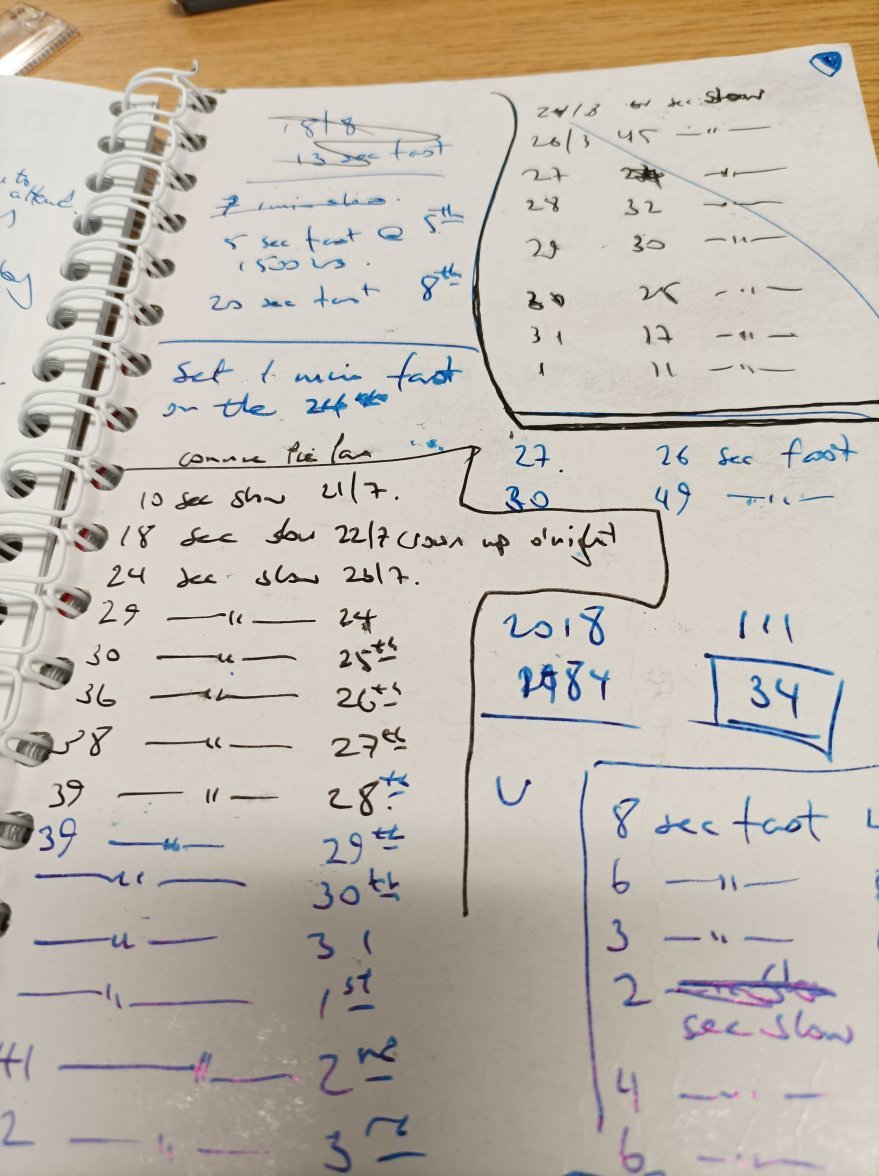Untame
·I have worn my first vintage Omega now for half a week, and it is gaining 10 seconds per day. (1973 Omega Geneve w/ calibre 1012) It was serviced last year.
1. Is this typical for this caliber / age?
2. Is it normal for watches to run faster or slower as they age?
3. What sort of wear would cause a watch to run faster?
I am inquiring out of curiosity. I didn't expect more accuracy than this. Just have to dial it back a minute per week or so.
(BTW... the movement has an unusual sound to me. Almost like a "tinking" rather than a "ticking.")
1. Is this typical for this caliber / age?
2. Is it normal for watches to run faster or slower as they age?
3. What sort of wear would cause a watch to run faster?
I am inquiring out of curiosity. I didn't expect more accuracy than this. Just have to dial it back a minute per week or so.
(BTW... the movement has an unusual sound to me. Almost like a "tinking" rather than a "ticking.")


